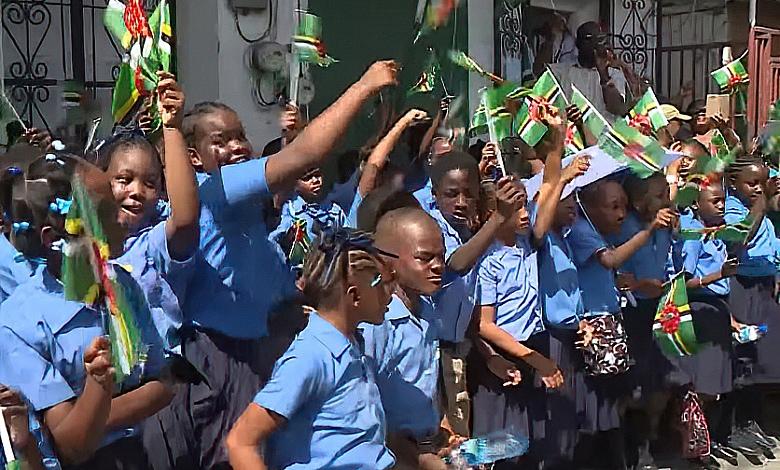Dominica’s Independence Day

Dominica’s Independence Day, celebrated on November 3rd, marks the island’s full sovereignty from British rule in 1978. The journey to independence started with Christopher Columbus sighting the island in 1493. Over the centuries, Dominica became a battleground for European powers, with the Treaty of Paris 1763 officially handing control to the British. After years of being a colony, Dominica achieved Associated Statehood in 1967, allowing internal self-governance while remaining under Britain for defence and foreign affairs.
Full Independence and Sovereignty
On November 3, 1978, Dominica became a fully independent nation within the Commonwealth of Nations. Patrick John was the first Prime Minister, and Sir Louis Cools-Lartigue served as the first President. This marked the end of colonial rule and the beginning of Dominica’s self-governance. The nation’s independence was a result of years of political efforts, negotiations, and growing nationalistic sentiments among Dominicans.
Cultural Celebrations
Today, Dominica’s Independence Day is celebrated with a wide array of cultural events, showcasing the nation’s Kalinago, African, and European influences. The festivities include Heritage Day, Creole Day (known as Jounen Kwéyòl), and the Wob Dwiyet pageant, all of which reflect Dominica’s rich cultural heritage. The Cultural Gala and traditional events like military parades further emphasize national identity and community unity.
Independence Day celebrations also focus on the preservation of cultural heritage through traditional music, dance, and cultural performances. The day culminates in military parades, a grand Cultural Gala, and community service events, underscoring the nation’s pride and its journey to becoming a sovereign state.




